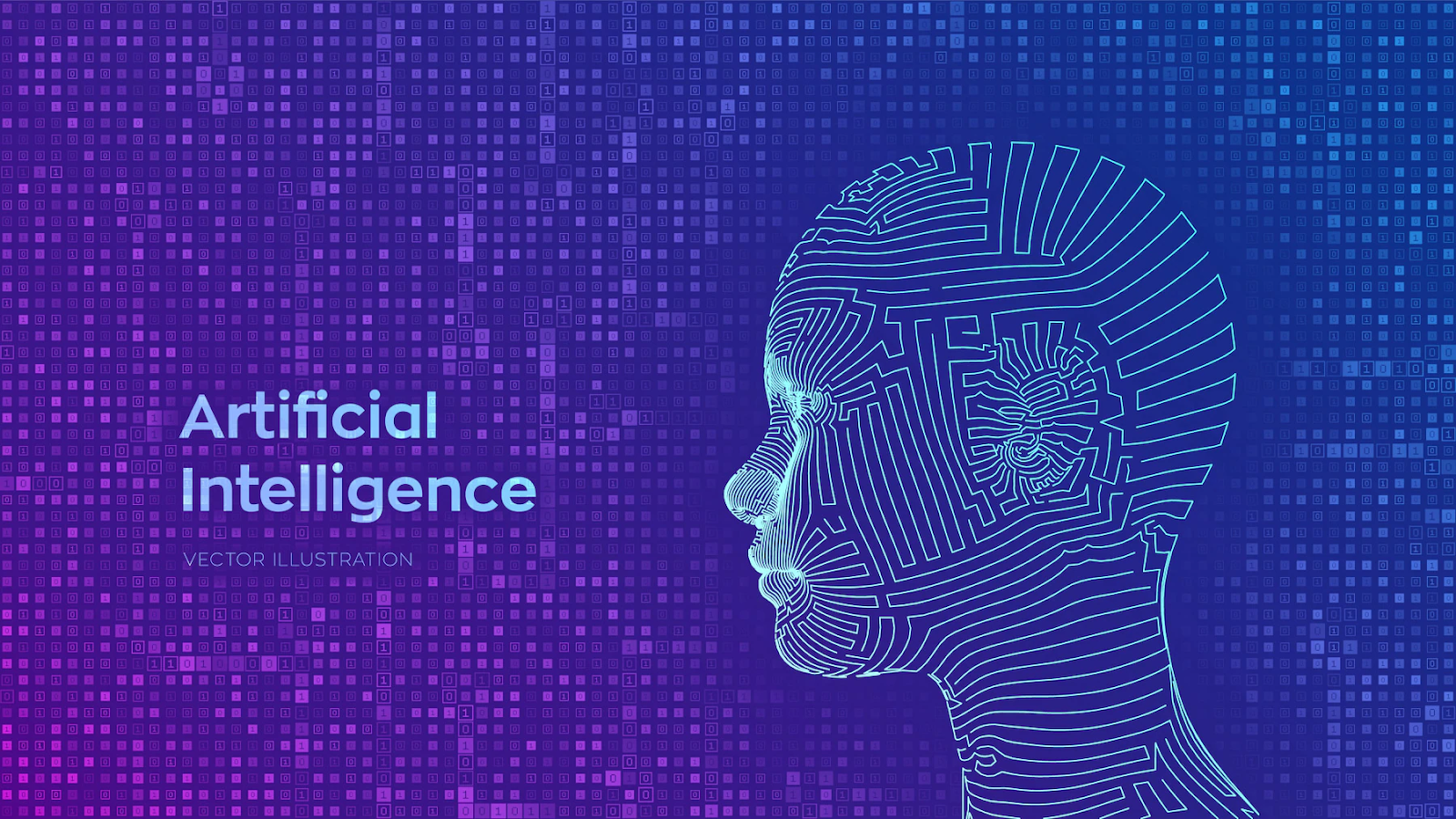My 2018 post, Cognitive Manipulation by parasites, discusses the behavioral effects of parasite infection. It also speculates a possible role of Toxoplasma gondii infection in human psychology. A recent article in Nature, a premier scientific journal, provides a clear link between parasite infection to risk-taking and dominance.
Sexual reproduction of Toxoplasma gondii occurs in a cat's body. As a result, the infected rodents lose their fear of cats, which allows the reproductory cycle to complete. However, warm-blooded mammals can catch the parasite by eating an infected animal or ingesting forms of the parasite shed in the feces of infected cats. After acute infection, semi-dormant cysts form in muscle and brain tissue and persist for the rest of the host's life. An analysis of over 200 North American wolves shows that parasite infection inspires leadership by boosting bold, uninhibited aggressive behavior. In addition, the infected animals are also more likely to leave their home packs and strike out independently.
Therefore, pathogens may have a significant role in the ecology and behavior of wild animal populations. In addition, it is estimated that up to one-third of humans might be chronically infected. Physical and behavioral changes found in people include increased testosterone and dopamine production, which leads to more significant risks taking.
Chemical signals from the fungi, such as secreted proteins, may target the host’s behavioral systems and control behavior like summiting and nest desertion. Pathogens may be taking advantage of preexisting behaviors governing molting, sleep, and molting — the process by which an insect sheds its protective exoskeleton to grow a new, bigger one. Insects have evolved behaviors for this time that can include wandering from the nest and summiting or grasping onto grass or leaves. Molting and sleep are controlled by the insect’s circadian rhythm.
Read my 2018 post: Cognitive Manipulation by parasites.
Read the resource article: Meyer, C. J. et al. Commun. Biol. https://doi.org/10.1038/s42003-022-04122-0 (2022).

